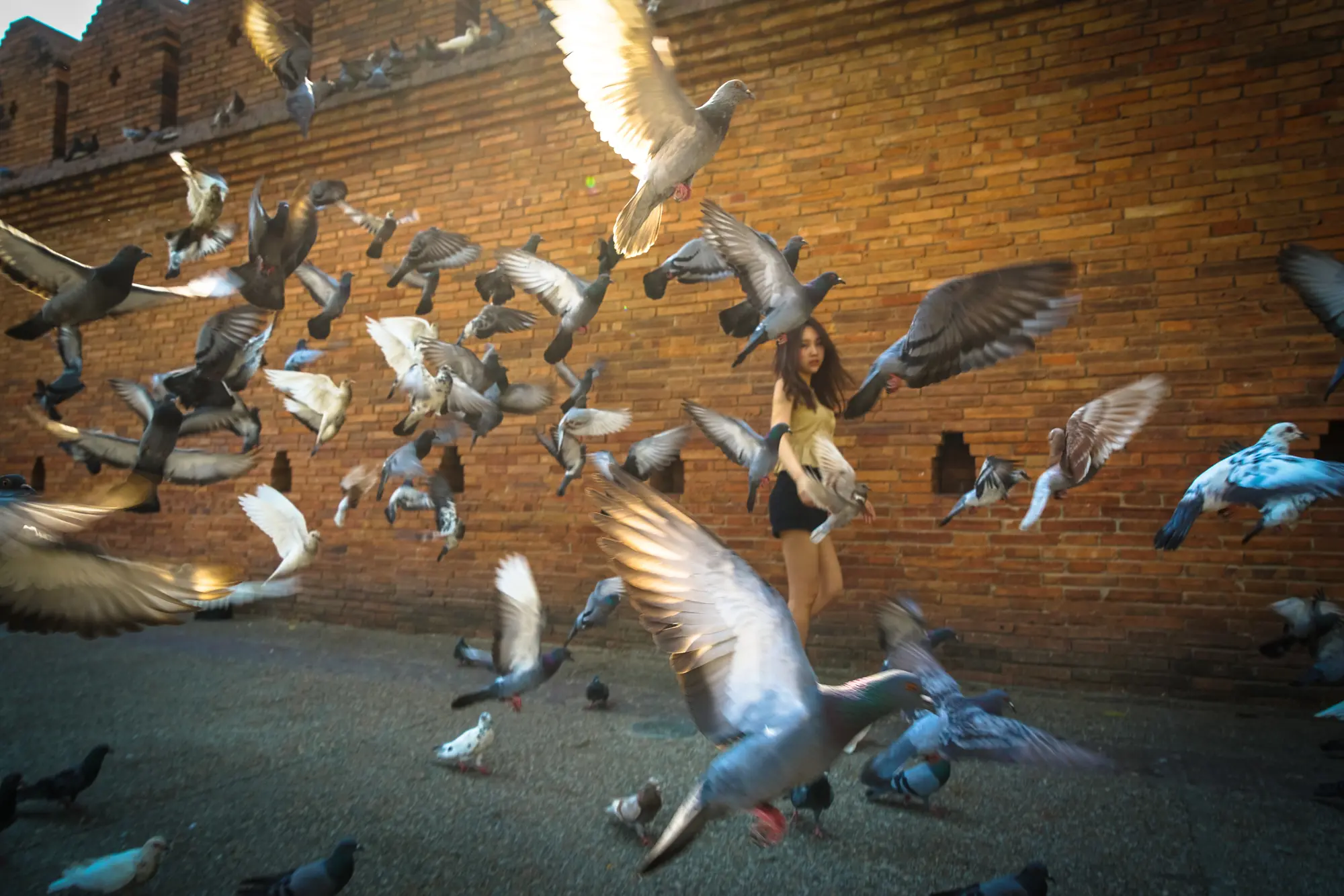RECENTLY, I returned from a month-long trip to Thailand. You might think, big deal, and for the most part, you’d be right. Thailand is the most visited Asian country after China, and Bangkok remains the world’s number one most visited city – that is, it’s ahead of Paris, London, New York and Tokyo among others. Every year, tens of millions of tourists come to Thailand to enjoy its beaches, its food, its friendly atmosphere and its still very reasonable prices. Many of these tourists are young backpackers getting their feet wet in their first international travel.
That was me 15 years ago. Thailand was one of my first lengthy foreign trips and just like for many others, the first Asian county I visited. Although I wasn’t exactly a spring chicken – I started backpacking fairly late, in my late-20s – almost everything I encountered on that trip was new and different. In addition, I was travelling solo, and this was the pre-Internet kind of a trip. Well, the Web existed, of course, but this was the pre-Google, pre-Facebook kind of time. And most definitely, pre-smartphone. But it all started in Bangkok, just as it still does for millions of travellers.
LONELY PLANET WAS THE BIBLE. Worn-out copies were selling like hotcakes for a good few bucks in each hostel, and poorly-printed bootleg xerox versions were available at multiple bookstores, another relic just about gone the way of the dodo. Khaosan road is where all Asian journeys began and ended. Staying here was the rite of passage. Remember the movie “The Beach”? It was just like that. Internet cafes. Sleazy bars and cardboard-walled hotels. Dreams of finding untouched paradises, because how could anyone know about what was truly hidden and untouched in the days when word of mouth was spread mouth to ear rather than 6-inch screen to the eyes?
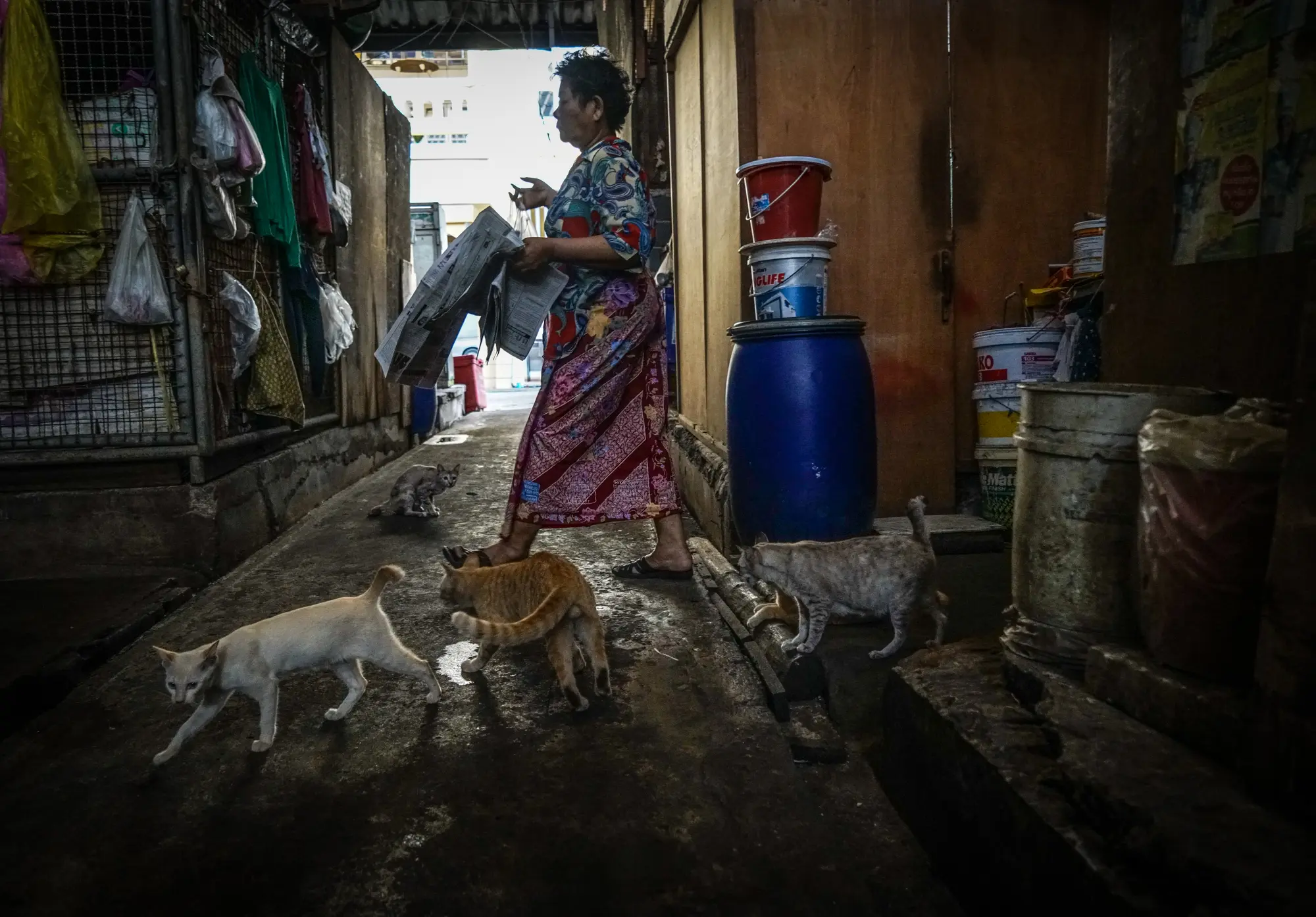
I’ve been to Thailand since then, of course. A few times, actually, but never for long. Either as a transit stop, as in 2009 en route to Myanmar, or a few weekend popovers to Phuket when I worked in Singapore a few years ago. Thailand, like Mexico, has become a given, a country so easy it’s almost neglected among seasoned backpackers.
THIS TIME AROUND, Bangkok was almost a shocker. The city was much, much more developed than I remembered it. Khaosan road was barely recognizable. Instead of being the fulcrum, the focal point of everything budget and backpacking, it’s become an outdoor shopping mall for tourists staying in nearby mid-range hotels. The road was being repaved, as if it’s already not nice and clean. T-shirt and smoothie shops are ubiquitous. Signs for yoga and vegan food. Of course, there are still a couple of dreadlocked reggae-heads you can see, but only if you poke your head in some of the narrow side alleyways, There is something fake about them, much like the tiedye-clad homeless hippies on the sidewalks of Haight-Ashbury in San Francisco.
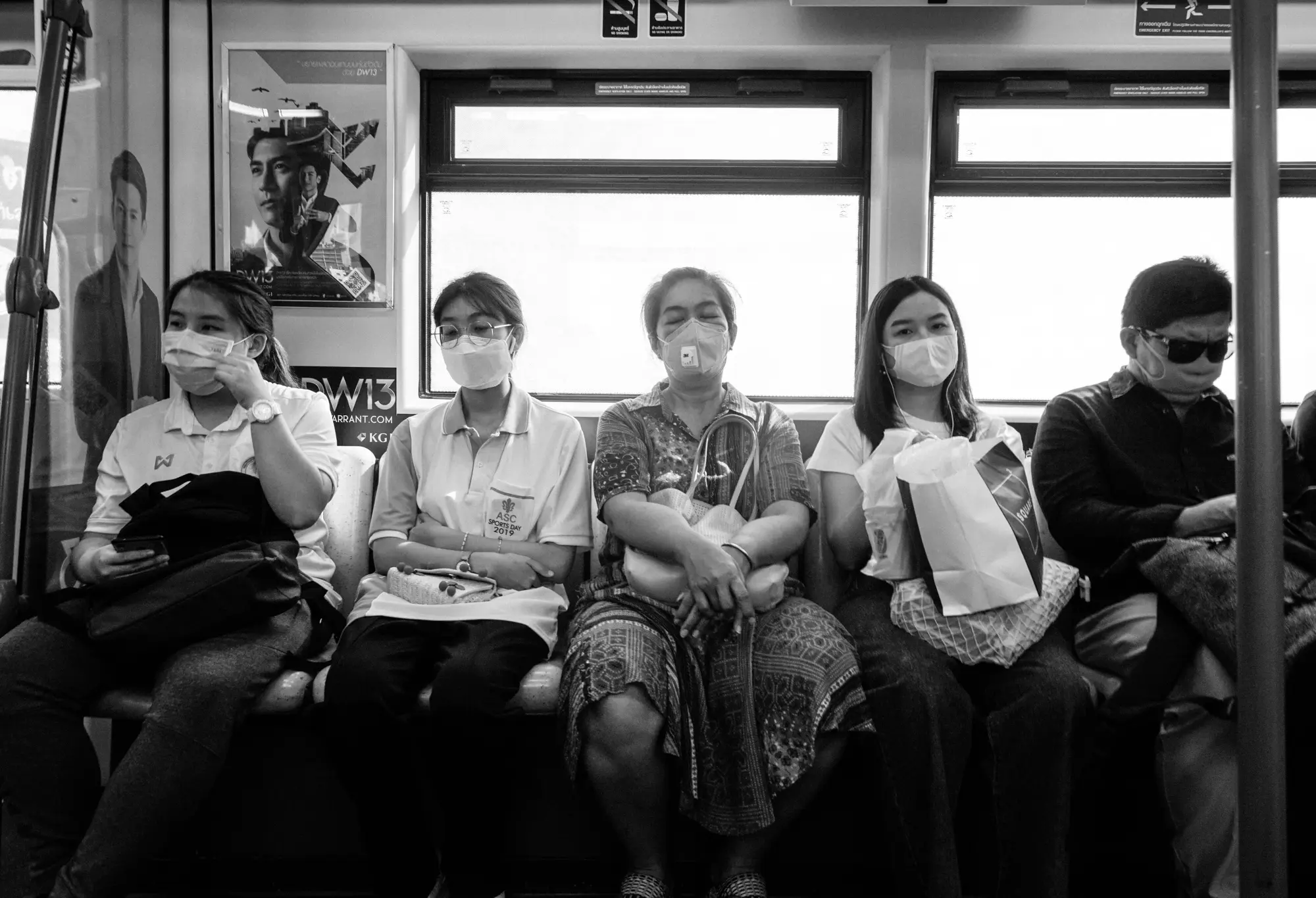
15 years ago, Bangkok had only one elevated train line that went to Sukhumvit. Now, the system of trains, both over- and underground, can take you just about anywhere in the city. In fact, singaporization of Bangkok is so overwhelming that you have to look real hard and real deep to find any “third world” here. Even Chatuchak market, a raucous, chaotic place 15 years ago, is little more than another outdoor shopping mall, albeit on a much larger scale than Khaosan. I wouldn’t be surprised if even Patpong, the heart of Bangkok’s Red Lights district has gentrified and turned into a clean, sterile entertainment venue a-la Las Vegas. But I didn’t have a chance to check it out.
Instead, in my search of Bangkok of old, I roamed, camera in hand, around Central Train Station, Chinatown, and Khlong Toei market, seeking the scenes and the streets that would remind me of my trip 15 years ago. I was just getting into travel photography back then. I even took a film rangefinder camera with me on that trip, as well as one of the early Sony digitals. Both were borrowed from friends; both ended up slightly damaged as a result of my intense if somewhat reckless travel habits.
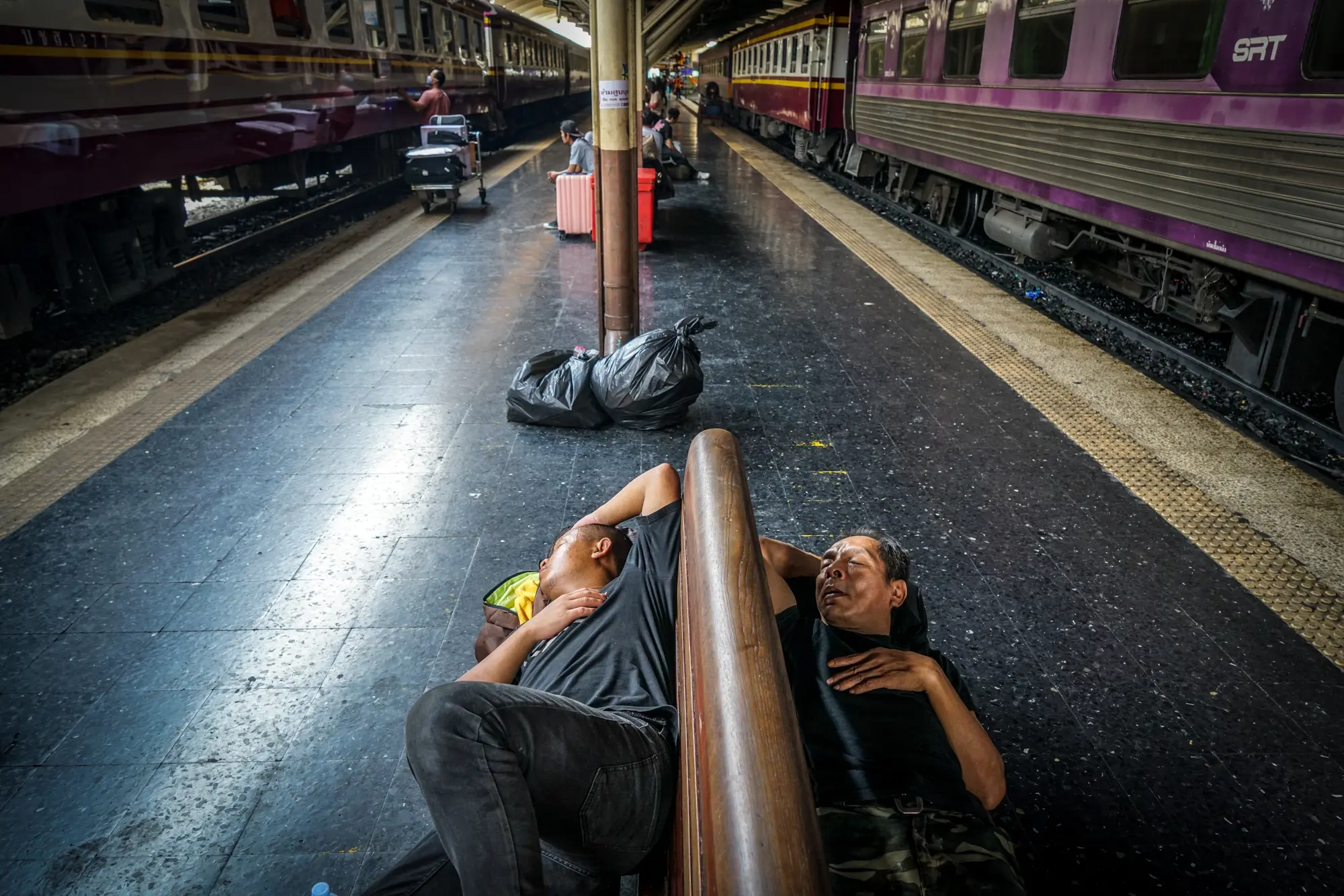
While I did find quite a bit of colourful street life still present in the backstreets and markets of Bangkok, it was almost universally populated by folks well in their 40-s and older. The only youngsters I enountered were Burmese migrants loading tricks (you could tell them by either traces of tanaka on their cheeks or longyi around their waists). The Thai youth seemed far more abundant in shopping malls of Silom than spice and herb markets of Chinatown.
IT WAS TIME TIME MOVE ON. What trip to Thailand doesn’t include a beach getaway? Fifteen years ago I explored both coasts, starting with Ko Tao in the Gulf of Siam, where I got my Open Water certification, and ending with Krabi and Ko Phi Phi on the Andaman coast. It’s where everybody was going, although Ko Tao was still slightly off the beaten path back then. And what first trip to the Gulf islands doesn’t involve a Full Moon party?
I’ll be honest. I was 15 years younger than I am now, yet I had never felt as old in my life as I did at the Full Moon party on Ko Phangan. The median age must have been 18. I still remember the cacophony of Thai house music blasting from bad speakers from every one of the many watering holes that lined the lenght of the beach, and how I, with red bull and whiskey bucket in hand, was looking for my companion, a girl I had met en route to Ko Tao, wondering if that was really it or was there something I was missing about the whole event. Not until it started to get light and I was stepping over rows of passed out teenyboppers on the beach, did I realize that that was pretty much it.
This time I decided to visit Ko Samet, a tiny beach island about 4-5 hours from Bangkok. No full moon parties here, and happier about it I couldn’t be. Don’t get me wrong – there was plenty of drinking opportunities, but Ko Samet is a far more chilled and grow-up place, without being overly sophisticated like parts of Bali or overbuilt with condos like Phuket. It’s a lovely island, fully of delightful beaches in hidden coves, that somehow manages to have hotels in all price categories. I opted to stay at a run-down “resort” on the Ao Cho beach, which was one of my favourites on the island, next to a reggae bar. All in all, Ko Samet is an excellent destination to spend a few days swimming, lounging around, eating and drinking. There’s not much else to do here except maybe a boad trip to the nearby islands. In other words, it’s perfect for a perfect holiday.
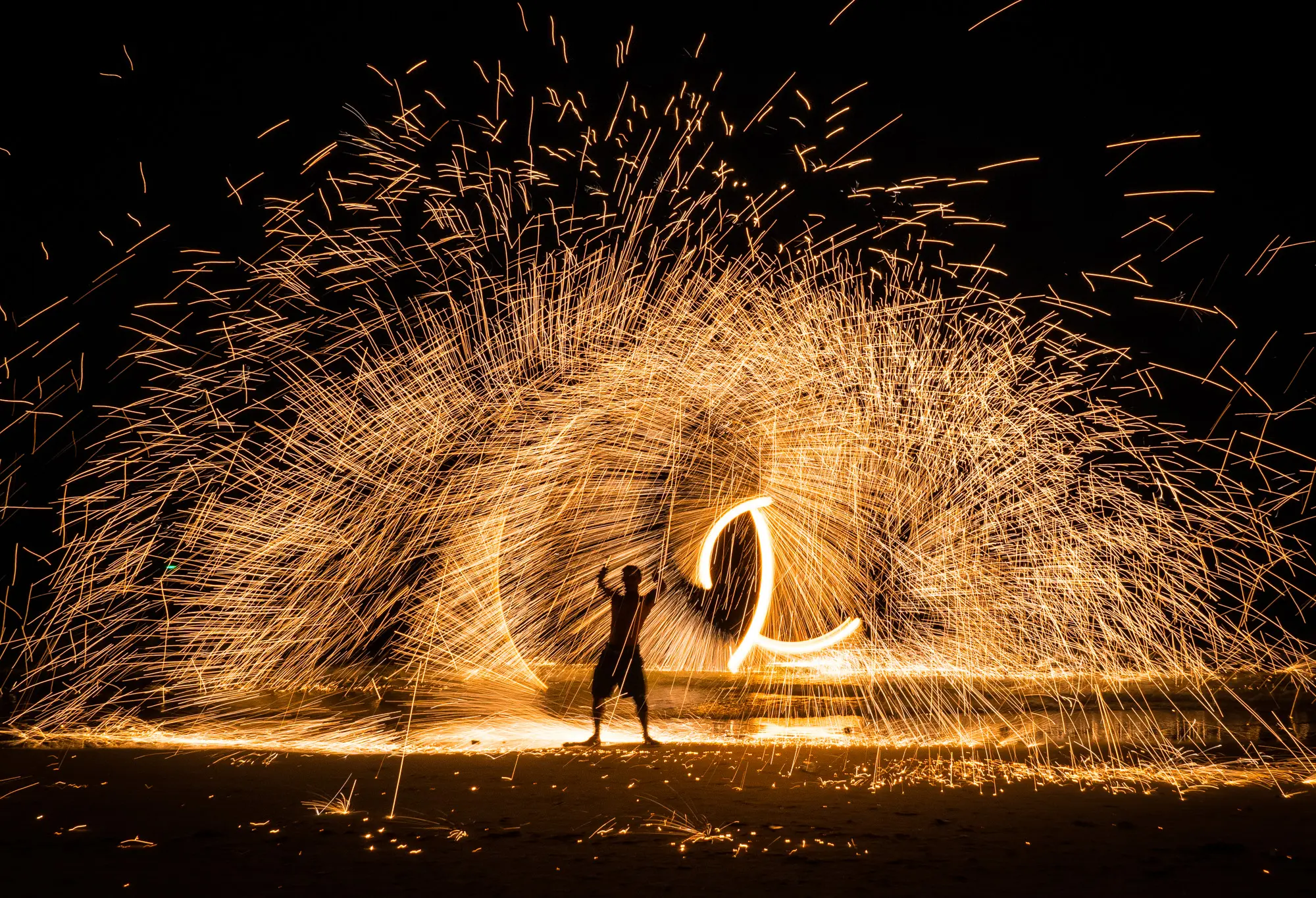
HOWEVER, one of the goals for this trip for me was exploring the North, particularly Chiang Mai, as a potential base for spending a few months or years in the future. There, I had not been since that trip 15 years ago, and I had very little recollection of Chiang Mai, mostly because I was ill with flu for most of the time I spent there. I do remember visiting the old backpacker village of Pai, but ever so vaguely – I didn’t stay too long. It seemed like a slightly weird kind of a place, a bit of an abnormality. There were more foreigners than locals, and most of them looked like they stayed there since 1960s. The local men all sported multiple tattoos and some had dreadlocks. I witnessed a fight of the locals against a drunk foreigner, who was badly beaten up. I met a Swedish girl who came to Thailand to rescue her sister who came to Pai at 20, married a local, abandoned her life in Sweden for living with all of her husband’s relatives under the same roof and dealing with her husband’s nightly drinking parties with his friends. I remember thinking that Pai was the only place I saw in Thailand where there were more foreign women with Thai men than the other way around. Not that there’s anything wrong with that.
But I digress. This time, I decided to give Chiang Mai at least a week. Its first impression was far from positive, however. Herds of foreigners were roaming the narrow streets of old town lined with foreigner-oriented restaurants, bars, massage parlors and travel agencies selling overpriced elephant “experiences”. After dark, some of the streets are difficult to walk as hawker girls keep screaming, “Hello! Come in! Massaaaaz!” At one point as I was coming home from a bar, two ladyboy hookers literally tried to drag me away by the hands. They were quite strong.
AFTER A COUPLE OF DAYS, Chiang Mai starts growing on you. You realize that it’s basically a village compared to Bangkok. There are many wats – so many wats! – and even more monks, creating a certain sense of spirituality that big cities don’t usually have. The mountainous nature around town is also remarkable, although I happened to visit during the rice field burning season exacerbated by the major draught, none of which compelled me to go on any nature trips or treks. The air quality was firmly in the “unhealthy” range pretty much the whole time.
There happened to be a sepak takraw tournament in town, and every evening I was watching this highly athletic South-East Asian game, which is basically like volleyball played with any body part other than hands. I stayed in a dated but still popular old pool-side hotel. I found some non-tacky bars. All in all, Chiang Mai turned out to be quite a livable city, and its huge appeal to tourists and expats alike is quite understandable. It’s got almost everything Bangkok has but on a much smaller scale, including a small but busy airport.
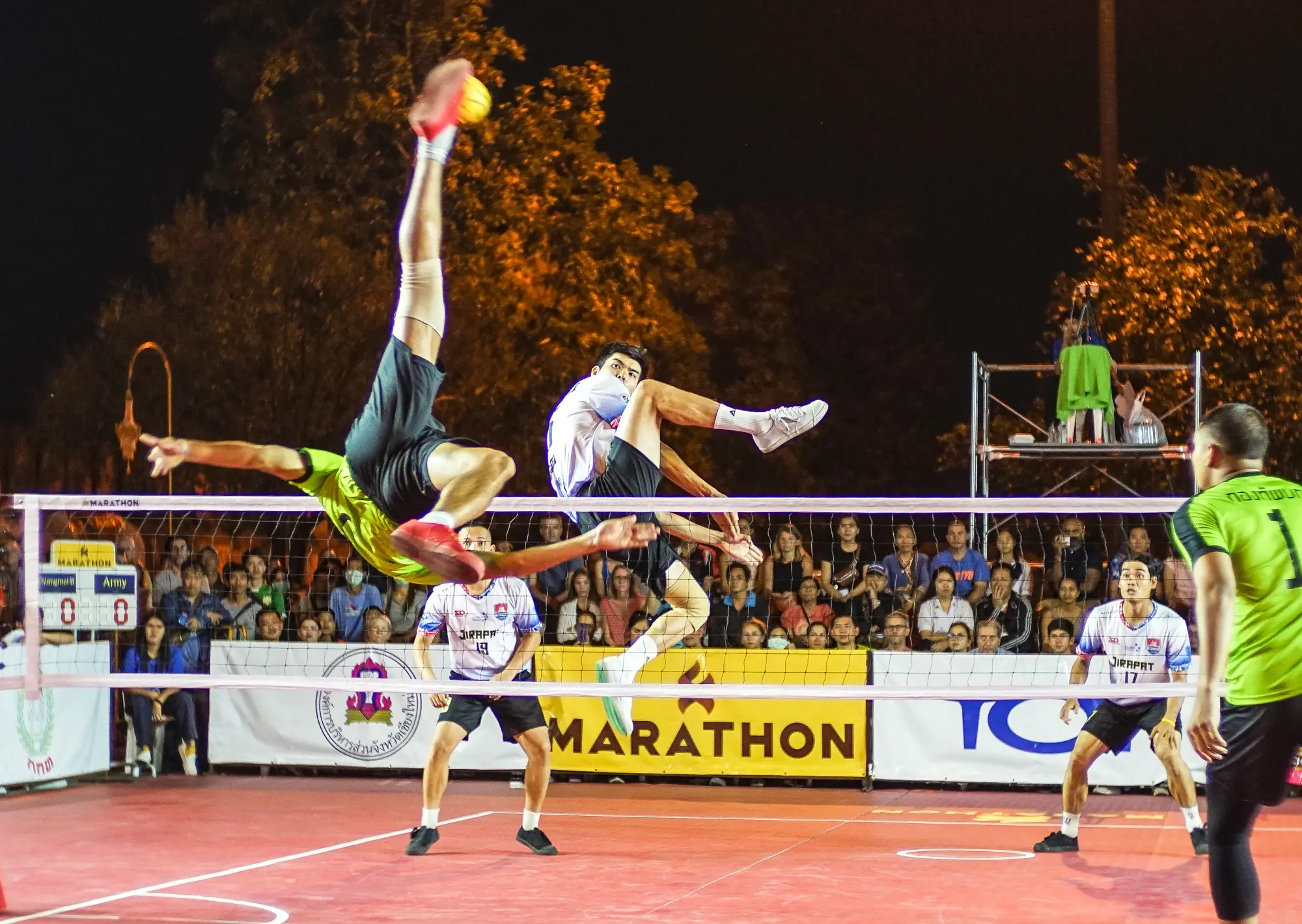
AFTER A FEW DAYS, I decided to go a bit further north, to Chiang Rai where I had never been before. One unwelcome side effect of Thailand’s modernization is that now there is but one intercity bus company operating the routes in the North – the Green Bus. Instead of a constant stream of buses of minivans leaving when full, Green Bus has a schedule, and not a very frequent one, for this very popular route. Unsurprisingly, these buses are sold out for a few trips ahead, so instead of waiting for 3 hours until the next one, I was advised to travel in 2 stages on local buses, which at the end of the day probably took me just as long as if I had waited for the next Green Bus. By the time I arrived in Chiang Rai, it was already after 8 pm.
It’s a lot smaller than Chiang Mai, but still reasonably popular with foreign tourists. One good thing that stands Chiang Rai aside of most other Thai cities is that the bus station is conveneintly in the very centre of town. Thus, one doesn’t need to bargain with tuk-tuk or taxi drivers to go to a hotel – most of accommodation is within a short walking distance.
Since I never book hotels in advance, it took looking at three properties before I finally settled on a lovely guesthouse called Moon House – probably the best under $20 accommodation I had on the entire trip.
The next day, I did the sightseeing tour of the town. Basically, it all revolves around the 3 “coloured” temples: White, Blue and Black. The black one is not technically a temple, but rather an extremely quirky and sometimes macabre art space slash museum of interiors and artifacts made of wood and dead animals. The White Temple is a brainchild of one rather megalomaniac but devout Thai artist and architect. It’s worth a visit for the elaborate sculpted scenes of Buddhist hell adorning its entrance.
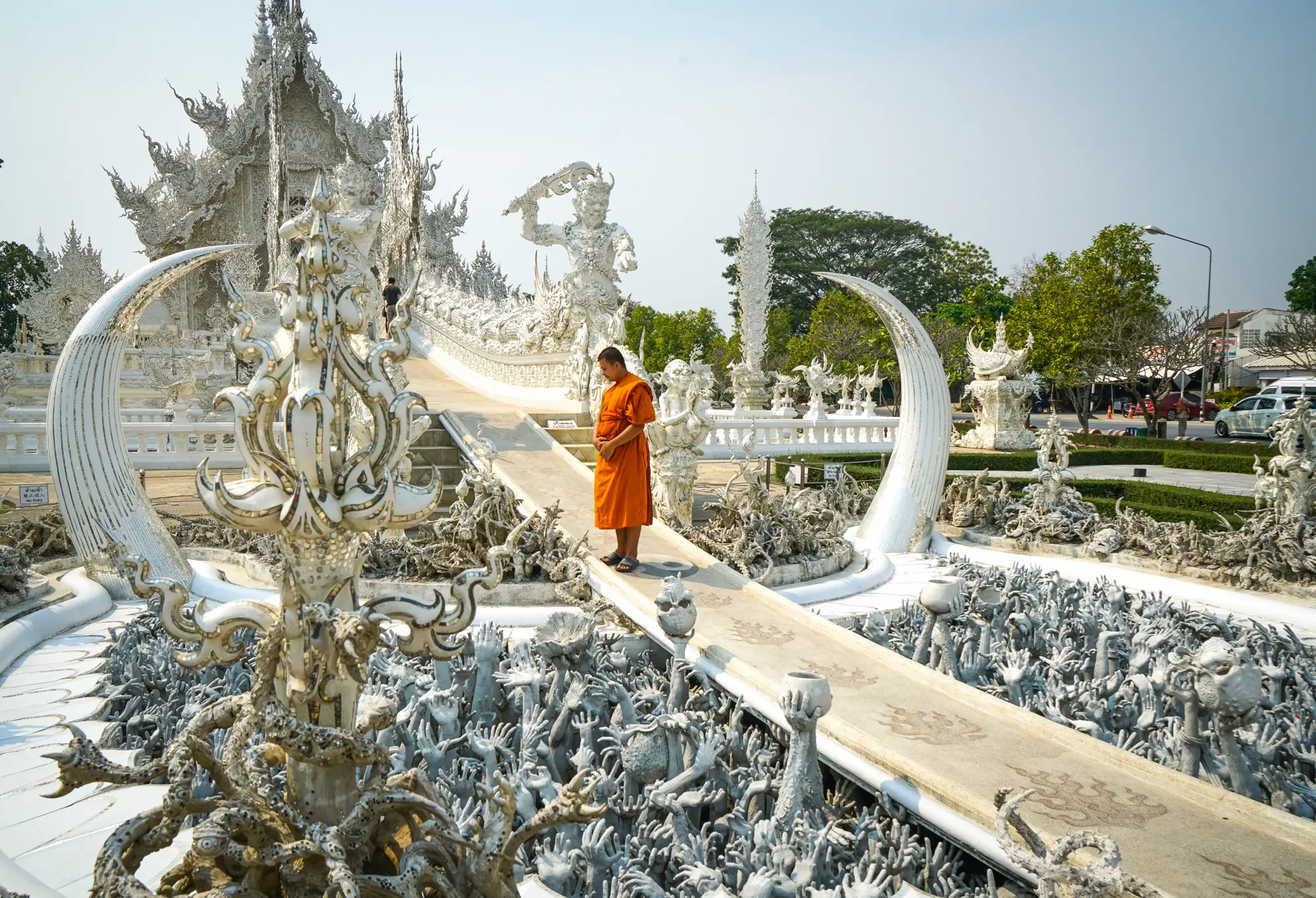
The Blue Temple was my favourite of the three. Seeing the soothing blue interior and the exterior in the darker shade of blue, I couldn’t help thinking that all temples should be in this colour scheme. Being inside actually felt kind of spiritual even for a non-buddhist such as myself. Of course, I couldn’t help imagining that space as some sort of a nightclub as well, or something that would fit right in at the Burning Man festival.
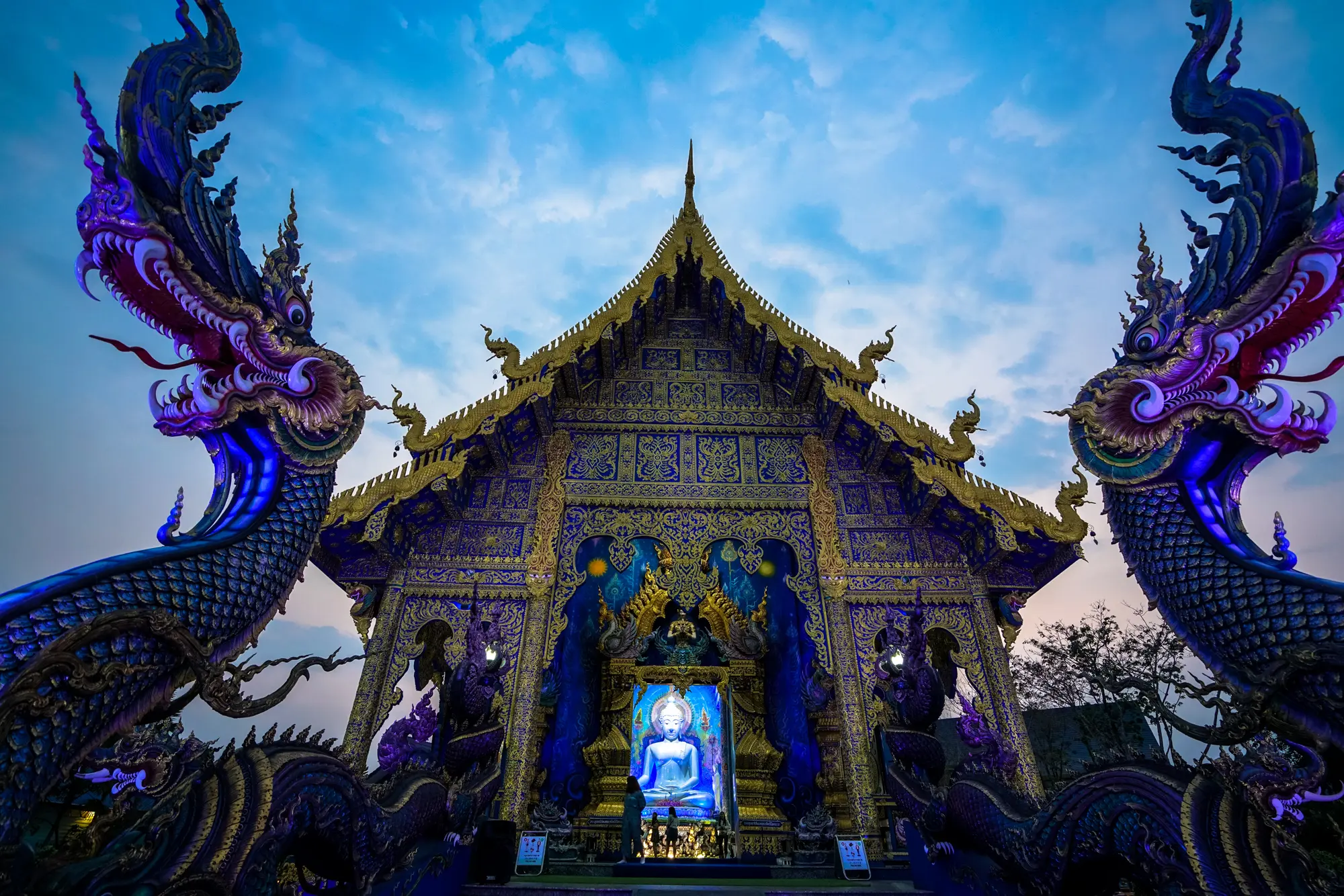
The next day, I decided to go for an elephant ride. Yes, I know, the activity is frowned upon these days by the animal activitsts, but I didn’t ride it in a basket, or howdah as it’s called. Instead, I was perched on top of the elephant’s neck with nothing but my own shorts between me and the animal’s rough skin. There were no ropes of any kind, either, which made balancing on the wobbling, shaking 3.5 tons of a beast a solid physical challenge. I doubt the elephant felt I was much of a challenge to carry. Perhaps similar to an adult man carrying a kitten. It frequently stopped for snacking on young tree branches, or toilet pauses. Well, it was an elderly elephant, as I was told, but the experience on the ride was rather bonding. Hopefully, for both of us.
I STILL HAD A FEW DAYS LEFT, and I made one last stop before flying out – the city of Lampang, about 2 hours south-east of Chiang Mai. It’s a sleepy riparian town that amazingly somehow escaped the tourist boom of its more famous neighbour. The foreigners making it here seek, and find, the Thailand before it was “discovered”. There are no bars, few restaurants, no obvious sights. There are a few hotels, but English is spoken poorly and prices are above average for Thailand due to lack of competition. But Lampang’s atmosphere certainly warrants spending 2-3 days here, relaxing from the hustle and bustle of Bangkok or Chiang Mai, and exploring the nearby temples. It’s better to come here on your own motorbike if visiting from Chaing Mai, as rentals are expensive, again, since there is but one overpriced rental shop in all of Lampang.
Even though polluted air put a big damper on the northern part of my Thai trip, it was all very educational and in some ways, eye-opening. Would I like to return? Absolutely, and despite Chiang Mai’s popularity, I would seriously consider it at least a temporary base for being a digital nomad in the future. Or just for chilling – Thailand as a whole doesn’t really compel for work unlike the busy, hustling Vietnam. If there is a country God created for a hedonistic, lazy pastime, it’s Thailand.
